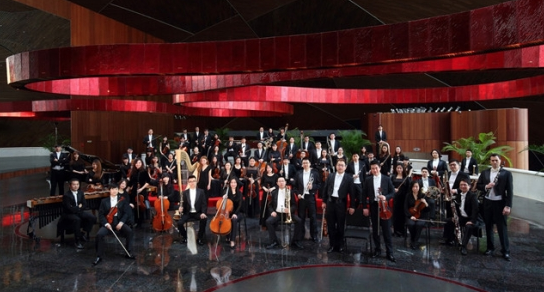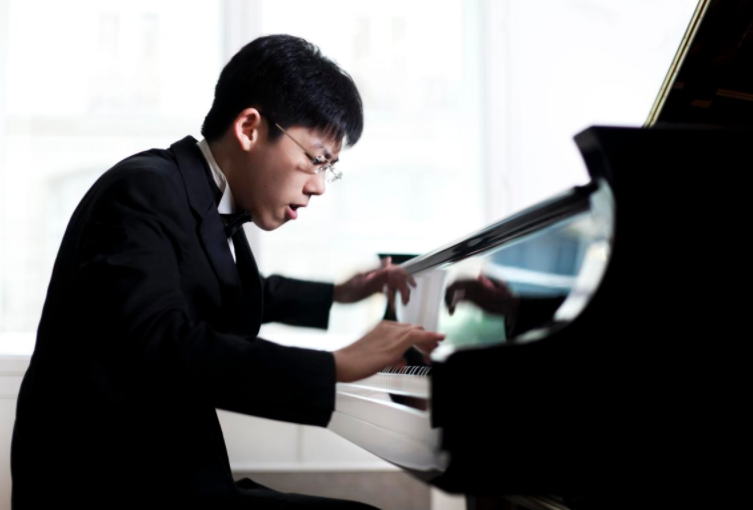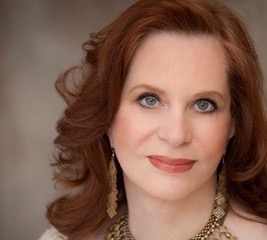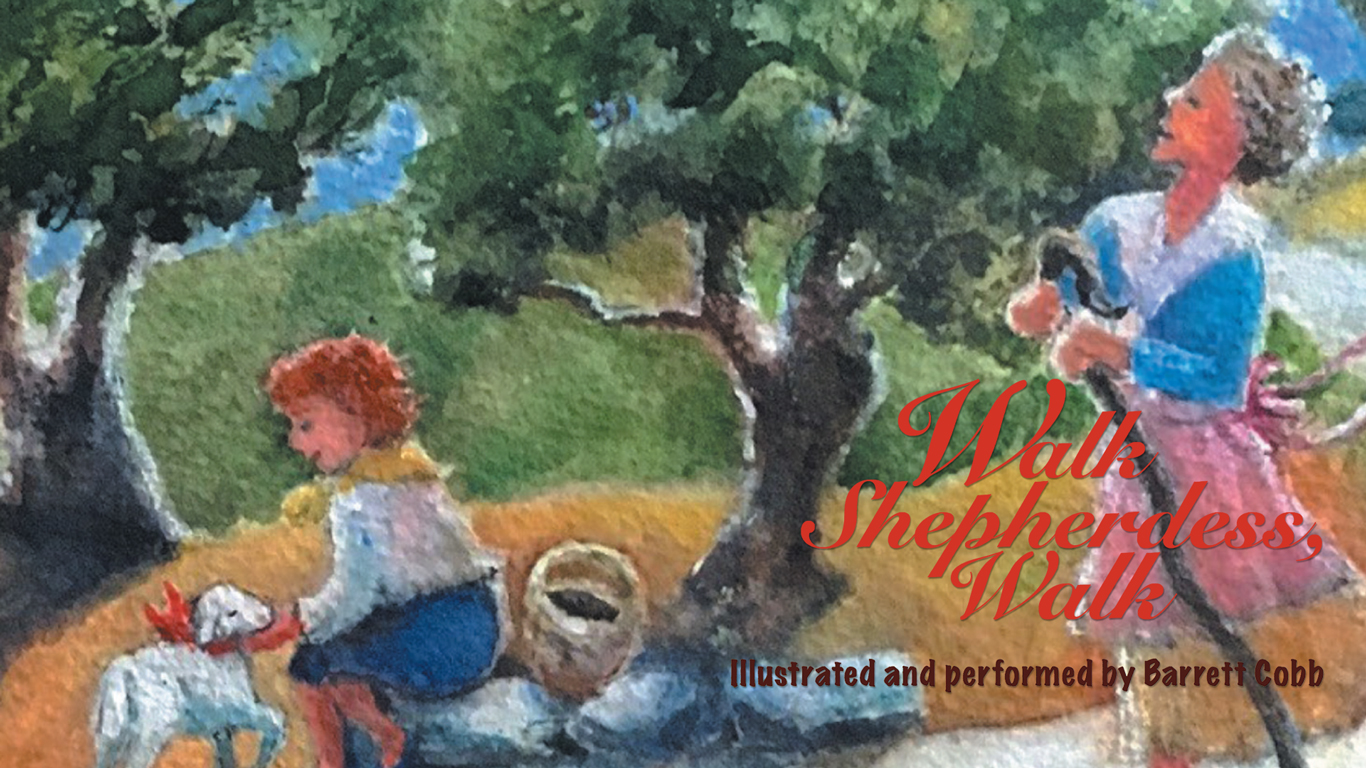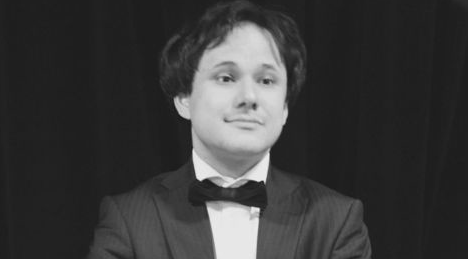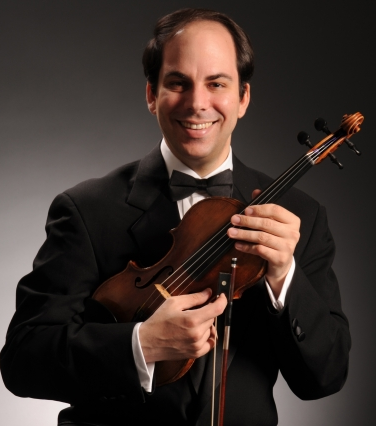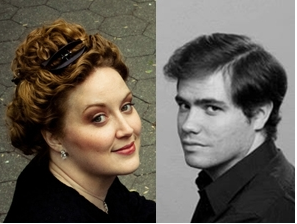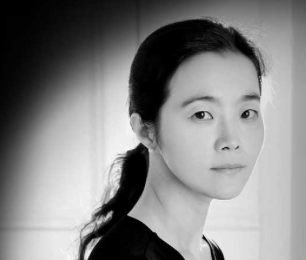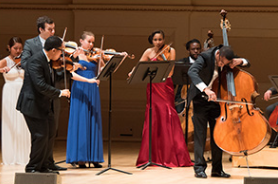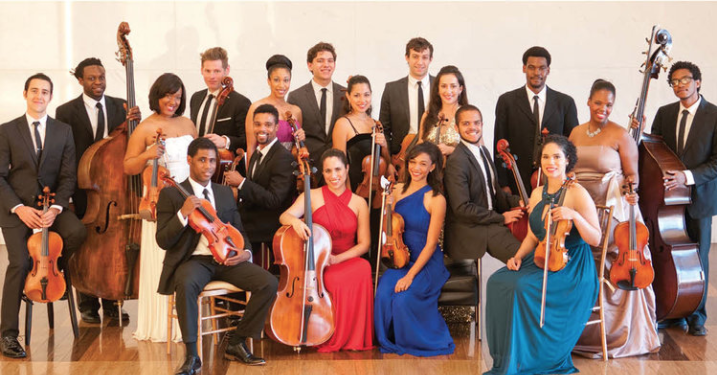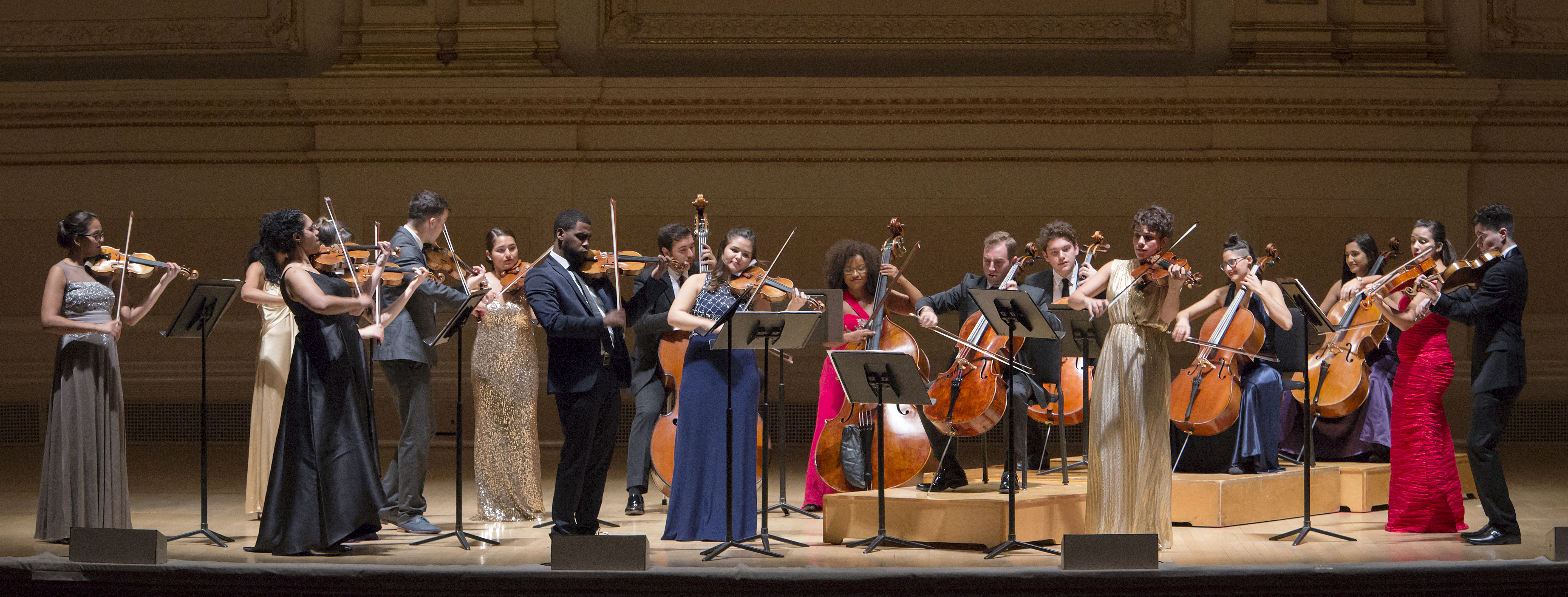Lü Jia, Music Director and Conductor
Haochen Zhang, Piano
Stern Auditorium at Carnegie Hall, New York, NY
October 30, 2017
An exciting, successful concert was given on Monday night by the orchestra of China’s National Centre for the Performing Arts. This seems to me to be an unbilled youth orchestra, for the ages of the virtuosic players appear to be late-teens to mid-twenties. Even their excellent conductor is younger than average, as conductors go. I did not hear one single flub of a note, even in the treacherous horn (and other wind) parts. The strings make a luscious warm sound that would be the envy of any orchestra; and these players not only play their instruments beyond reproach, but their interpretations are full of real passion.
The first work, Qigang Chen’s Luan Tan, in its US premiere, was most effective for me in its early minutes, where the persistent click of the temple blocks really seemed authentic and mysterious. (Unfortunately, it was marred by a very noisy group of people who were in the reverberant hall just outside the auditorium.) The title of the work refers to a style of Chinese drama in the 17th century, one that was rowdy and boisterous, rather than based on decorum. Later, the work veered into what I would call “Debussy 2.0” (the late Debussy of Jeux), not surprising in a student of Messiaen. The piece built and built relentlessly, until I began hearing the influence of another French composer, Ravel, in the annihilating crescendo of his Bolero. Luan Tan even ends with a similar closing figure to Bolero. The frenzy was beautifully conveyed by the group.
The next work, I will admit, I am not predisposed to like at all, was the totemic Yellow River Concerto. It is a four-movement work adapted from an earlier cantata, and it is so derivative in its bombast that I just can’t take it seriously. The whole thing sounds like bad Tchaikovsky, Rachmaninoff, Dvořák, and even Stephen Foster at times. I don’t see why such an important symbolic work should sound so “Western.” Even the pentatonic folk tunes on which it is based are stereotypical of what’s bad about imperialism, bound to major-minor tonality. I do apologize to any Chinese folk who think I am stupid or narrow-minded; I am not. The Yellow River is a “mother river” symbol, and as such, is very important to the Chinese. I first heard the work played by Lang Lang at the 2008 Olympics in Beijing. Since Lang Lang injured his left arm through over-practicing Ravel’s left-hand concerto, he was replaced here by Haochen Zhang. It is therein that the magic begins- this pianist was simply superb. He was the gold medalist at the 2009 Van Cliburn competition, and has since made a good career for himself.
Mr. Zhang drew me right in, despite my considerable reservations about the piece. I simply cannot recall the last time I heard a pianist of such quality and poetry. Every phrase was effortlessly dispatched, and lyrical passages sang with unbelievable poignancy. Also, on a less profound note, his repeated notes (in imitation of a Chinese wind instrument) were gasp-inducing; and he played this whole thing with sobriety, and with none of the theatrical facial contortions one has come to expect from Lang Lang. After his glorious ovation, he returned for a well-deserved piano solo encore: Chopin’s Lento con gran espressione (Nocturne) in C sharp minor, Op. posth. (1830). It passed by in a ravishing, delicately melancholic dream-state, the effusion of a very “old-soul” pianist.
After intermission, the orchestra gave a fully charged reading of Sibelius’ best-known and loved symphony, the Second, Op. 43 (1901/02). Sibelius’s lonely grandeur and constant questing were given ample space and time to occur. (The only finer performance I’ve ever heard was by Leonard Bernstein.) The deep, full-throated string tone was stunning, with a great sense of pull and elasticity, and the winds were perfect. The pizzicati in the second movement were perfectly together and expressive. The symphony gave rise to many conflicting opinions in the early 20th century, some not-so-favorable—people who were used to clear structural cues were disoriented (though they are present). I always think it’s wiser to feel the climaxes, those typical events in which Sibelius’ cosmos just seems to end, followed either by silence, or a renewed sense of either faith or optimism. These are the events that are his structure, and they were powerfully rendered by this orchestra under their superb conductor.
After the Sibelius, the orchestra performed two encores- Bamboo Flute- Tune, by Yuankai Bao, and Brahms’s Hungarian Dance No. 6.

